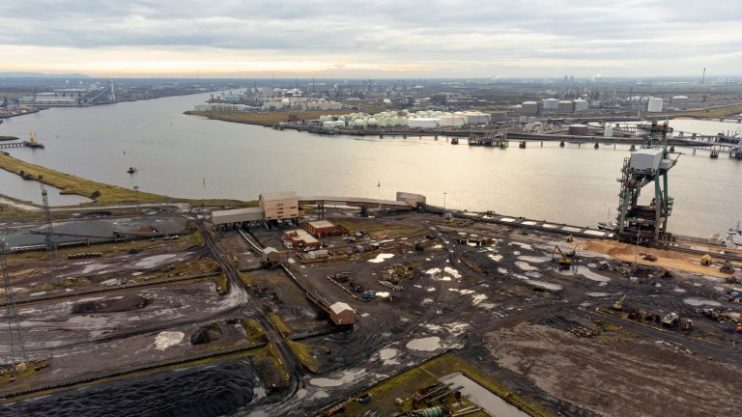BP announces plans to turn Teeside into UK’s green hydrogen hub

BP is boosting renewable energy production in North East England with plans to build a new large-scale green hydrogen facility in Teeside by the end of the decade.
HyGreen Teeside will deliver up to 500Mwe (megawatt electrical input) of hydrogen production by 2030.
The energy giant is working with industry and local government such as Tees Valley Combined Authority to increase the pace of decarbonisation in transport.
It hopes the plant could fuel the development of Teesside into the UK’s first major hydrogen transport hub, leading the way for large-scale decarbonisation of heavy transport, airports, ports and rail in the UK.
BP is aiming to start production by 2025, with an initial phase 60MWe of installed hydrogen production capacity.
The plant will be developed in multiple stages, with production matched with demand to drive down costs.
A final investment decision on the project is expected in 2023.
Hygreen Teesside is the latest addition to BP’s integrated UK business portfolio, which includes 3GW gross of offshore wind in the Irish Sea and delivering 16,000 UK charging points by 2030.
It also has a partnership deal with the city of Aberdeen.
Louise Jacobsen Plutt, BP’s senior vice president for hydrogen and CCUS, said: “Low carbon hydrogen will be essential in decarbonizing hard-to-abate industrial sectors including heavy transport. Together, HyGreen and H2Teesside can help transform Teesside into the UK’s green heart, strengthening its people, communities and businesses. This is exactly the type of energy we want to create and more importantly deliver.”
Transport secretary Grant Shapps added: “This exciting project builds on our ongoing development of hydrogen in the area through the Tees Valley Hydrogen Transport Hub. It’ll help pave the way for its use across all transport modes, creating high-quality, green jobs in the process.
The announcement follows the COP26 summit in Glasgow last month, and the unveiling of the UK’s ten-point for tackling climate change, which included strong commitments to investing further in green hydrogen and reaching net zero carbon emissions by 2050.